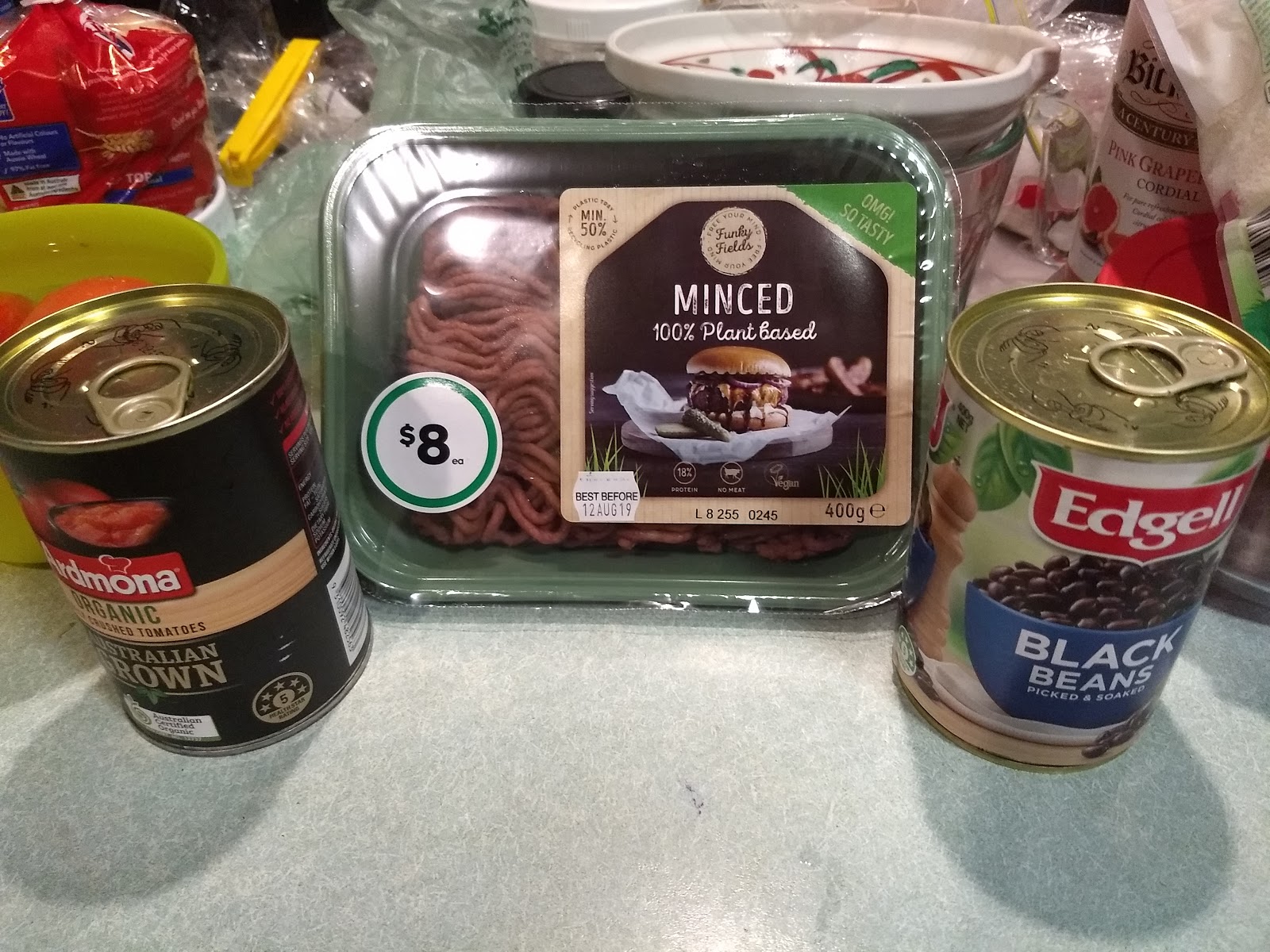Legan posted two photos on Instagram not long before the attack.
One photo depicted Smokey the Bear in front of a "fire danger" sign, with a caption that said to read the 19th century book "Might is Right," a work that claims race determines behavior and is popular among white nationalists and far-right extremist groups.
About one of the teenage fugitives from the Canadian killings:
For Schmegelsky a dark but depressingly familiar picture began to form—a young man with a tense home life who found solace in online activities and had connections to the far-right. The two have been connected a YouTube account featuring a Nazi insignia, online game accounts using the banner of the Azov battalion (a Ukrainian far-right militia) and had photographs of a Nazi armband and a Hitler Youth knife. Schmegelsky's father, while adamant his son was not a neo-Nazi, did admit to having to drag him out of an army surplus store eight months ago after his son got too excited over the Nazi memorabilia. VICE also viewed photos of Schmegelsky with a gun barrel in his mouth.An article at Business Insider in January:
All of the extremist killings in the US in 2018 had links to right-wing extremism, according to new report
And over at Quillette: but look what happened to Andy Ngo, the poor guy got punched, and some Lefties said he had been provocative. The Left is appallingly violent!
Update: also, count me as pretty amused about the long, boring, pointless Quillette piece "Why isn’t Jordan Peterson on This List of the World’s Top Fifty Intellectuals". Not even worth a link, that one.



